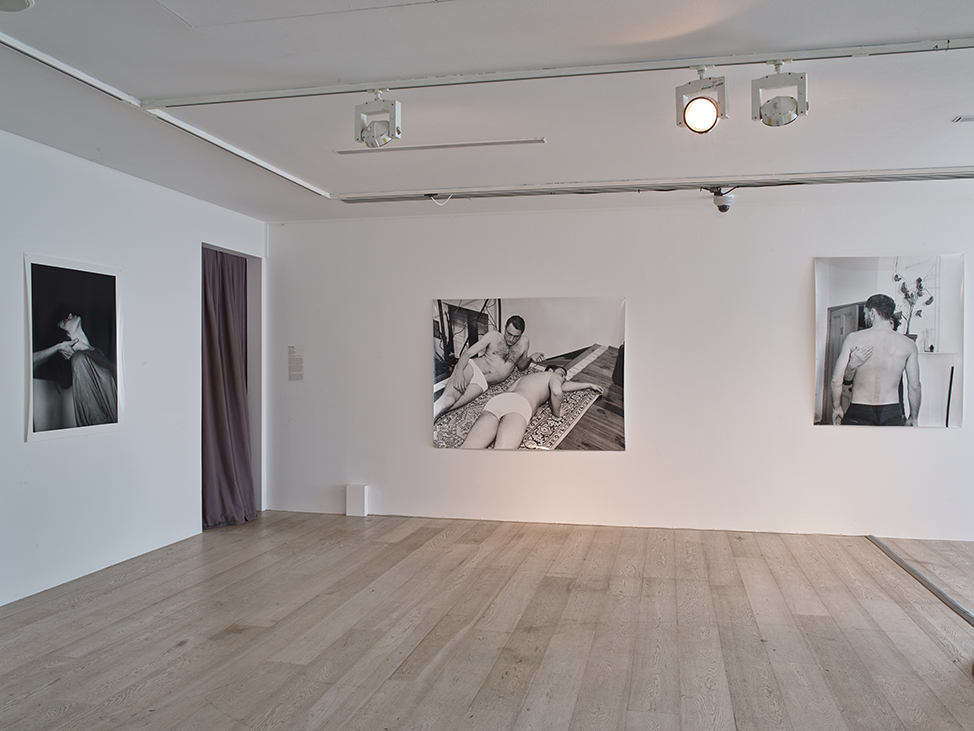
© Steven White
In this short series of interviews, Charlotte Bonham-Carter, Course Leader on MA Arts and Cultural Enterprise, talks to other arts professionals in her network about their work – the kinds of roles graduates from MA ACE might go into.
Dominik Czechowski, Senior Programme Curator at Arnolfini, Bristol
What has been your favourite project?
‘What’s Love Got to Do with It’ – a group show I co-curated at Hayward Gallery’s Project Space. It focused on the politics, language, behaviour and rituals that define and constrain the experience of love; and on how such emotion is manifested, choreographed and often manipulated through the myriad layers of existing narratives, discourse and ideologies that underpin its social position. I was fortunate to have worked with such artists as Will Cobbing and Anna Barham, and to commission some new performances, which allowed audiences to interact more deeply with the themes raised.
What are the most rewarding aspects of your job?
Working directly with artists – fulfilling a never ceasing desire for dialogue, connectedness, and greater understanding. I have a deep interest in multidisciplinary relations between diverse artistic and cultural practices – both within and outside Western paradigms. Satisfaction and reward come when I feel I have provoked a conversation between artists, artwork and audiences. One that informs viewpoints, enriches experience, unsettles, infuriates, champions difference, and hopefully leaves a mark.
How did you get into curation?
It felt like a natural progression from a curiosity and love for art and culture across a range of form and mediums – which was inspired at an early age (it started from and through an insatiable reading habit) . Rather traditionally, I did an MA in art history and through a series of internships worked my way up through public institutions such as Barbican and Hayward, as well as working with artist independently. Art history has always been important to me fuelled through reading and visiting museums and galleries internationally. But the real motivation comes through meeting artists and understanding their process and imperatives – particularly through studio visits and a discovery of synergy of ideas – opening up possibilities of working together.
What are the most challenging aspects of curating?
Dwindling resources and need to focus on fundraising and development make it hard to dedicate the time to research, which is a crucial part of the job. Also, the separation of private and professional. Curators generally do not carry out the fundamental work within fixed hours, but devote a huge part of our private time to see artists, exhibitions, to learn and research. Whilst this is hugely enriching on a personal level, it is an aspect that should be given more professional time for. Another challenge is translating ideas and concepts into exciting visual and spatial presentation to inspire and excite audiences . There is so much competition these days and the task is: how to respond to and engage with, increasingly sophisticated audiences who are used to a diversity of form and presentation – especially as they can access digitally these days. How can we hold their attention, make the gallery experience unique?
How important is curation for the future of art and culture?
Maybe the bigger question is what is the future of art and culture? Particularly in the digital age, and with ‘curating’ being the modus operandi of almost every aspect of daily social life, to make and sustain a link between the past and the now, to prolong, expand and protect the work of the past and make it consistently relevant; to continue a dialogue across generations – is increasingly difficult and challenging. Is the future curator one with specialist knowledge or a good story-teller – an entertainer?
More info:

